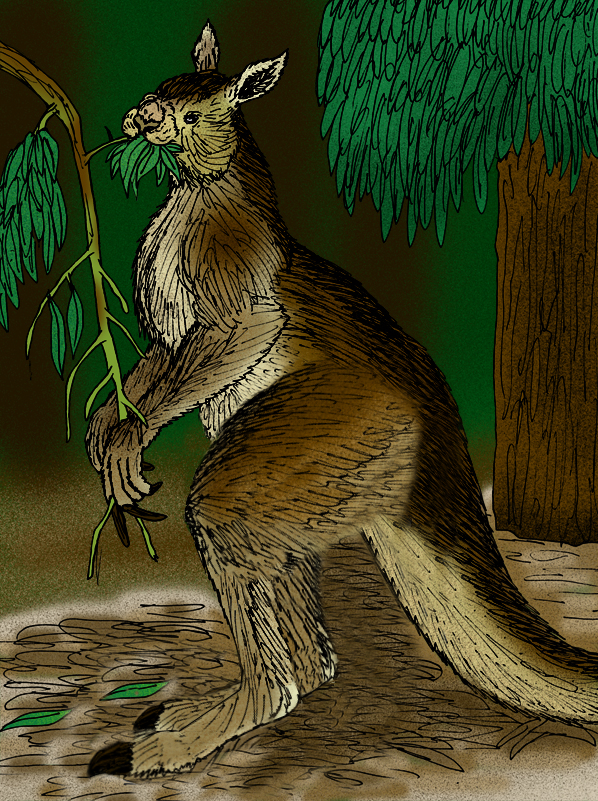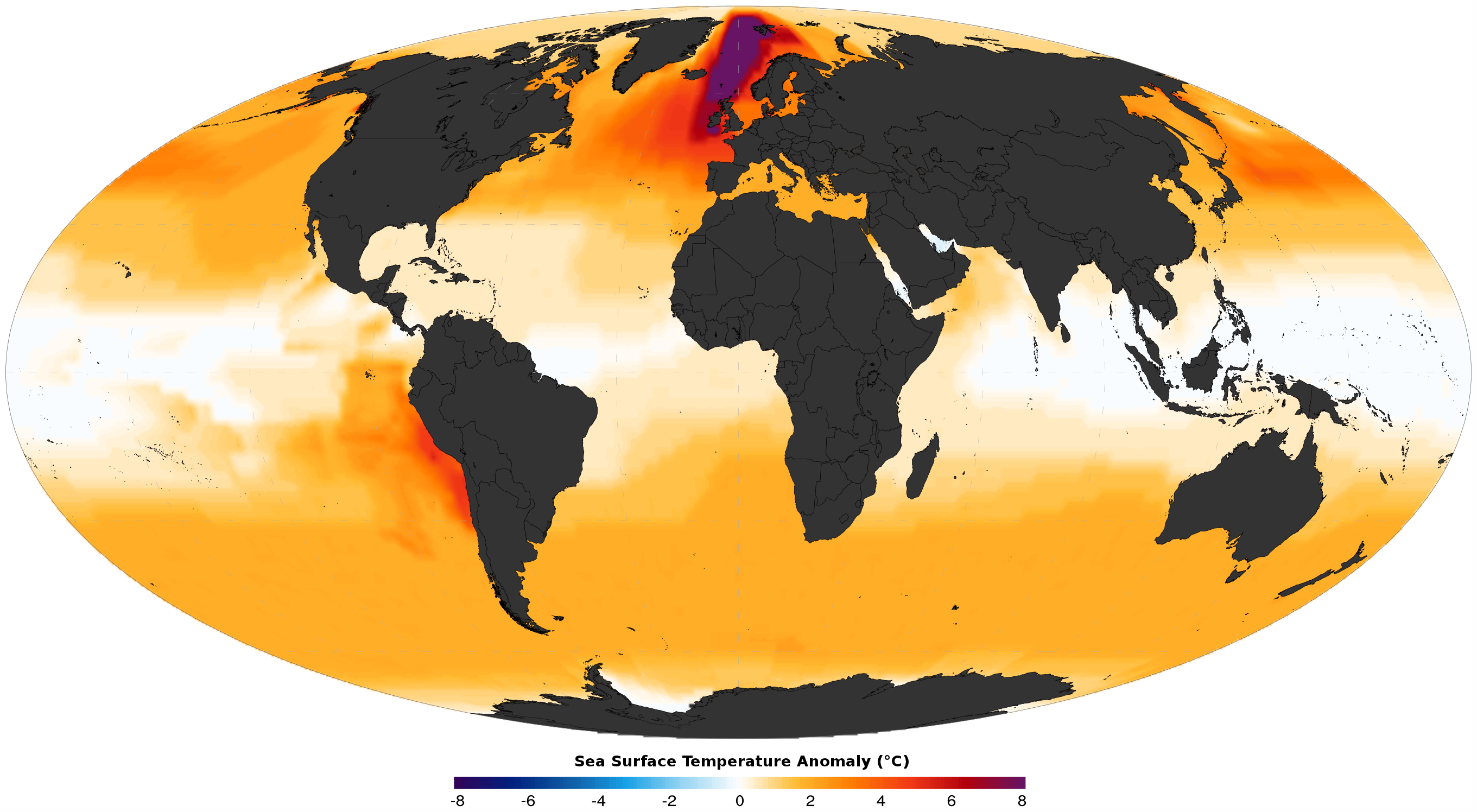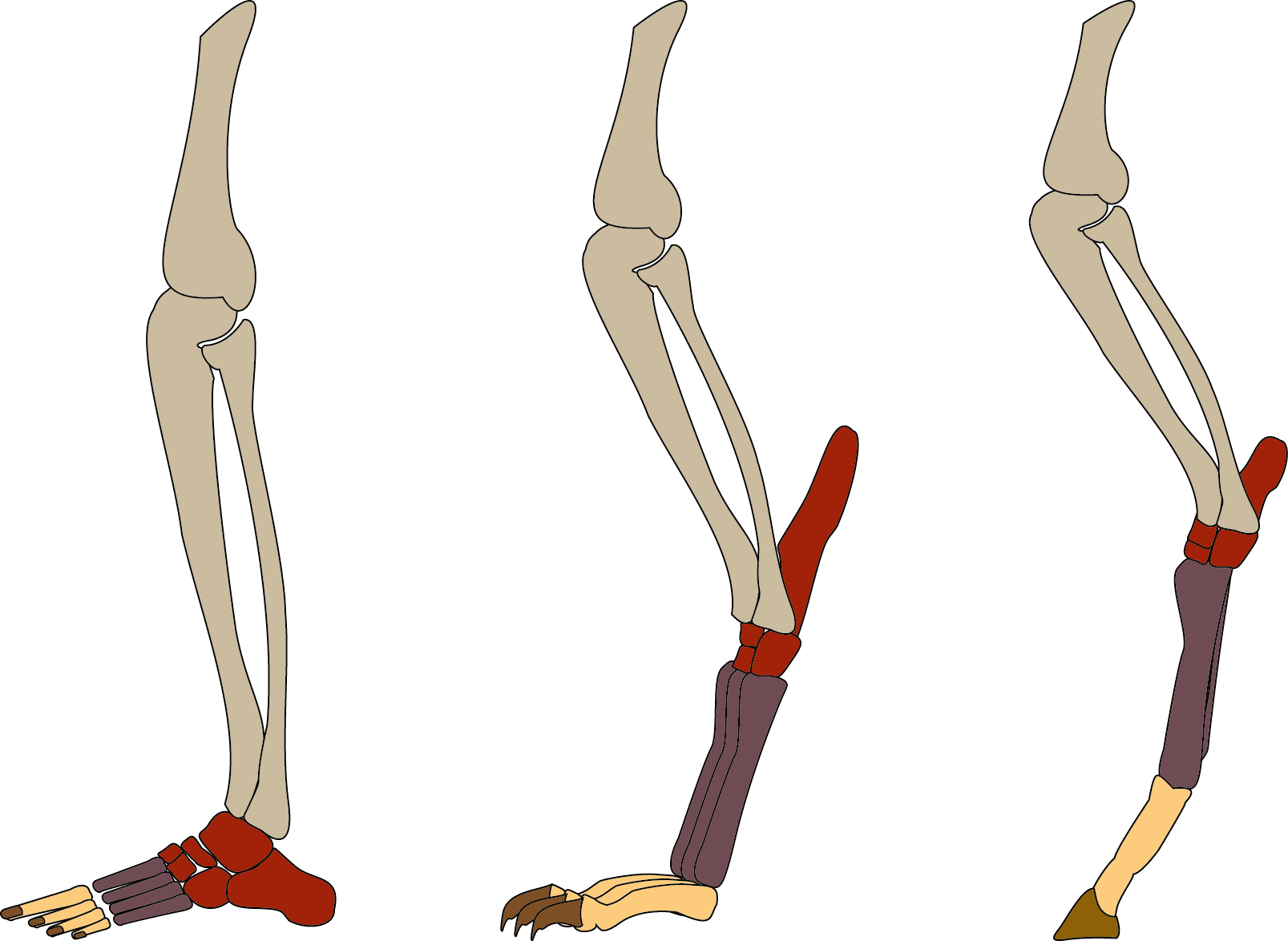|
Sthenurine
Sthenurinae (from ''Sthenurus'', Greek for 'strong-tailed') is a subfamily within the marsupial family Macropodidae, known as 'short faced kangaroos'. No members of this subfamily are extant today, with all becoming extinct by the late Pleistocene. ''Procoptodon goliah'', the largest macropodid known to have existed, was a sthenurine kangaroo, but sthenurines occurred in a range of sizes, with ''Procoptodon gilli'' being the smallest at the size of a small wallaby. The short, robust skull of sthenurines is considered to be indicative that they were browsers that fed on leaves. Some species may have been able to reach above their heads and grasp branches with their semiopposable paws to assist in procuring leaves from trees. A single hoofed digit is present on the feet of sthenurines. Taxonomy The subfamilial arrangement Sthenurinae was circumscribed by Ludwig Glauert in 1926. Locomotion Unlike modern macropodids, which hop (either bipedally or quadrupedally), sthenurines seem to ... [...More Info...] [...Related Items...] OR: [Wikipedia] [Google] [Baidu] |
Sthenurus
''Sthenurus'' ("strong tail") is an extinct genus of kangaroos. With a length around 3 m (10 ft), some species were twice as large as modern extant species. ''Sthenurus'' was related to the better-known '' Procoptodon''. The subfamily Sthenurinae is believed to have separated from its sister taxon, the Macropodinae (kangaroos and wallabies), halfway through the Miocene, and then its population grew during the Pliocene. Fossil habitats A 1997 study analysed the diets of fauna at various fossil site localities in South Australia, using stable carbon isotope analysis 13C/12C of collagen. It found that at older localities such as Cooper Creek, the species of ''Sthenurus'' were adapted to a diet of leaves and twigs (browsing) due to the wet climate of the time between 132 and 108 thousand years ago (kya - by thermoluminescence dating and uranium dating), which allowed for a more varied vegetation cover. At the Baldina Creek fossil site 30 kya ( C14 dating), the genus had ... [...More Info...] [...Related Items...] OR: [Wikipedia] [Google] [Baidu] |
Procoptodon Goliah
''Procoptodon'' is an extinct genus of giant short-faced ( sthenurine) kangaroos that lived in Australia during the Pleistocene Epoch. ''P. goliah'', the largest known kangaroo species that ever existed, stood at about . They weighed about . Other members of the genus were smaller, however; ''Procoptodon gilli'' was the smallest of all of the sthenurine kangaroos, standing approximately tall. The genus is derived from ''Simosthenurus'', making the latter genus paraphyletic. Description ''Procoptodon'' physiology was likely similar to that of the contemporary kangaroos; however, ''Procoptodon goliah'' was characterised by its large size. These sthenurines, or short-faced kangaroos, included species that were more than three times the size of the largest kangaroos living today. The largest, ''P. goliah'', was tall and weighed up to . These animals lived alongside modern species of kangaroos, but specialised on a diet of leaves from trees and shrubs. ''Procoptodon were'' large ... [...More Info...] [...Related Items...] OR: [Wikipedia] [Google] [Baidu] |
Simosthenurus
''Simosthenurus,'' also referred to as the short-faced kangaroo, is an extinct genus of megafaunal macropods that existed in Australia, specifically Tasmania, during the Pleistocene. Analysis of ''Simosthenurus'' fossils has contributed to the finding that there are three lineages of macropods: Sthenurinae, Macropodinae, and Lagostrophinae. The genus ''Simosthenurus'' was among the sthenurines. The two most documented members of the genus are ''S. maddocki'' and ''S. occidentalis'', though other species have also been discovered. Palaeobiology Osteological information (predominantly cave floor surface finds) has yielded that ''Simosthenurus'' is part of the same family as that of modern kangaroos. However, modern kangaroos are plantigrade hoppers, using jumping as their means of locomotion, while ''Simosthenurus'' was a bipedal unguligrade, walking in a manner similar to that of hominids. Although members of ''Simosthenurus'' were no taller than most modern species of kanga ... [...More Info...] [...Related Items...] OR: [Wikipedia] [Google] [Baidu] |
Hadronomas
''Hadronomas'' is a genus of kangaroo in the subfamily Sthenurinae Sthenurinae (from ''Sthenurus'', Greek for 'strong-tailed') is a subfamily within the marsupial family Macropodidae, known as 'short faced kangaroos'. No members of this subfamily are extant today, with all becoming extinct by the late Pleistocen .... There is only one described species, ''Hadronomas puckridgi'', known from various fossil material from the Alcoota Fauna site and an undetermined species from Lake KanunkaPrideaux, G. (2004). Systematics and Evolution of the Sthenurine Kangaroos. Retrieved from https://escholarship.org/uc/item/9z42c7t1 References *Gavin Prideaux, "Systematics and Evolution of the Sthenurine Kangaroos" (April 1, 2004). UC Publications in Geological Sciences. Paper vol_146. http://repositories.cdlib.org/ucpress/ucpgs/vol_146 External links {{Taxonbar, from=Q3782381 Prehistoric macropods Prehistoric mammals of Australia Pleistocene marsupials Prehistoric marsupial genera ... [...More Info...] [...Related Items...] OR: [Wikipedia] [Google] [Baidu] |
Procoptodon
''Procoptodon'' is an extinct genus of giant short-faced ( sthenurine) kangaroos that lived in Australia during the Pleistocene Epoch. ''P. goliah'', the largest known kangaroo species that ever existed, stood at about . They weighed about . Other members of the genus were smaller, however; ''Procoptodon gilli'' was the smallest of all of the sthenurine kangaroos, standing approximately tall. The genus is derived from '' Simosthenurus'', making the latter genus paraphyletic. Description ''Procoptodon'' physiology was likely similar to that of the contemporary kangaroos; however, ''Procoptodon goliah'' was characterised by its large size. These sthenurines, or short-faced kangaroos, included species that were more than three times the size of the largest kangaroos living today. The largest, ''P. goliah'', was tall and weighed up to . These animals lived alongside modern species of kangaroos, but specialised on a diet of leaves from trees and shrubs. ''Procoptodon were'' large ... [...More Info...] [...Related Items...] OR: [Wikipedia] [Google] [Baidu] |
Procoptodon Gilli
''Procoptodon'' is an extinct genus of giant short-faced (sthenurine) kangaroos that lived in Australia during the Pleistocene Epoch. ''P. goliah'', the largest known kangaroo species that ever existed, stood at about . They weighed about . Other members of the genus were smaller, however; ''Procoptodon gilli'' was the smallest of all of the sthenurine kangaroos, standing approximately tall. The genus is derived from ''Simosthenurus'', making the latter genus paraphyletic. Description ''Procoptodon'' physiology was likely similar to that of the contemporary kangaroos; however, ''Procoptodon goliah'' was characterised by its large size. These sthenurines, or short-faced kangaroos, included species that were more than three times the size of the largest kangaroos living today. The largest, ''P. goliah'', was tall and weighed up to . These animals lived alongside modern species of kangaroos, but specialised on a diet of leaves from trees and shrubs. ''Procoptodon were'' large an ... [...More Info...] [...Related Items...] OR: [Wikipedia] [Google] [Baidu] |
Pliocene
The Pliocene ( ; also Pleiocene) is the epoch in the geologic time scale that extends from 5.333 million to 2.58See the 2014 version of the ICS geologic time scale million years ago. It is the second and most recent epoch of the Period in the Cenozoic Era. The Pliocene follows the Miocene Epoch and is followed by the Pleistocene Epoch. Prior to the 2009 revision of the geologic time scale, which placed the fou ... [...More Info...] [...Related Items...] OR: [Wikipedia] [Google] [Baidu] |
Fossil Taxa Described In 1926
A fossil (from Classical Latin , ) is any preserved remains, impression, or trace of any once-living thing from a past geological age. Examples include bones, Seashell, shells, exoskeletons, stone imprints of animals or microbes, objects preserved in #Resin, amber, hair, petrified wood and DNA remnants. The totality of fossils is known as the ''fossil record''. Paleontology is the study of fossils: their age, method of formation, and evolutionary significance. Specimens are usually considered to be fossils if they are over 10,000 years old. The oldest fossils are around 3.48 billion years old to 4.1 billion years old. Early edition, published online before print. The observation in the 19th century that certain fossils were associated with certain rock stratum, strata led to the recognition of a geological timescale and the relative ages of different fossils. The development of radiometric dating techniques in the early 20th century allowed scientists to quantitativ ... [...More Info...] [...Related Items...] OR: [Wikipedia] [Google] [Baidu] |
Pleistocene Extinctions
The Quaternary period (from 2.588 ± 0.005 million years ago to the present) has seen the extinctions of numerous predominantly megafaunal species, which have resulted in a collapse in faunal density and diversity and the extinction of key ecological strata across the globe. The most prominent event in the Late Pleistocene is differentiated from previous Quaternary Turnover-pulse hypothesis, pulse extinctions by the widespread absence of ecological succession to replace these extinct species, and the regime shift of previously established faunal relationships and habitats as a consequence. The earliest casualties were incurred at Eemian, 130,000 BCE (the Eemian, start of the Late Pleistocene), in Australia (continent), Australia ~ 60,000 years ago, in Americas ~ 15,000 years ago, coinciding in time with the early human migrations. However, the great majority of extinctions in Afro-Eurasia and the Americas occurred during the transition from the Pleistocene to the Holocene epo ... [...More Info...] [...Related Items...] OR: [Wikipedia] [Google] [Baidu] |
Pliocene First Appearances
The Pliocene ( ; also Pleiocene) is the epoch in the geologic time scale that extends from 5.333 million to 2.58See the 2014 version of the ICS geologic time scale million years ago. It is the second and most recent epoch of the Period in the Cenozoic Era. The Pliocene follows the Epoch and is followed by the Epoch. Prior to ... [...More Info...] [...Related Items...] OR: [Wikipedia] [Google] [Baidu] |
Macropods
Macropod may refer to: * Macropodidae Macropodidae is a family of marsupials that includes kangaroos, wallabies, tree-kangaroos, wallaroos, pademelons, quokkas, and several other groups. These genera are allied to the suborder Macropodiformes, containing other macropods, and ..., a marsupial family which includes kangaroos, wallabies, tree-kangaroos, pademelons, and several others * Macropodiformes, a marsupial suborder which includes kangaroos, wallabies and allies, bettongs, potoroos, and rat kangaroos {{disambiguation Animal common name disambiguation pages ... [...More Info...] [...Related Items...] OR: [Wikipedia] [Google] [Baidu] |
Digitigrade
In terrestrial vertebrates, digitigrade () locomotion is walking or running on the toes (from the Latin ''digitus'', 'finger', and ''gradior'', 'walk'). A digitigrade animal is one that stands or walks with its toes (metatarsals) touching the ground, and the rest of its foot lifted. Digitigrades include walking birds (what many assume to be bird knees are actually ankles), cats, dogs, and many other mammals, but not plantigrades or unguligrades. Digitigrades generally move more quickly and quietly than other animals. There are anatomical differences between the limbs of plantigrades, like humans, and both unguligrade and digitigrade limbs. Digitigrade and unguligrade animals have relatively long carpals and tarsals, and the bones which would correspond to the human ankle are thus set much higher in the limb than in a human. In a digitigrade animal, this effectively lengthens the foot, so much so that what are often thought of as a digitigrade animal's "hands" and "feet" corre ... [...More Info...] [...Related Items...] OR: [Wikipedia] [Google] [Baidu] |








